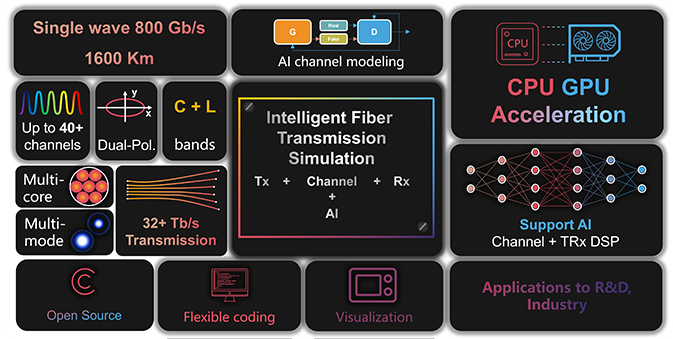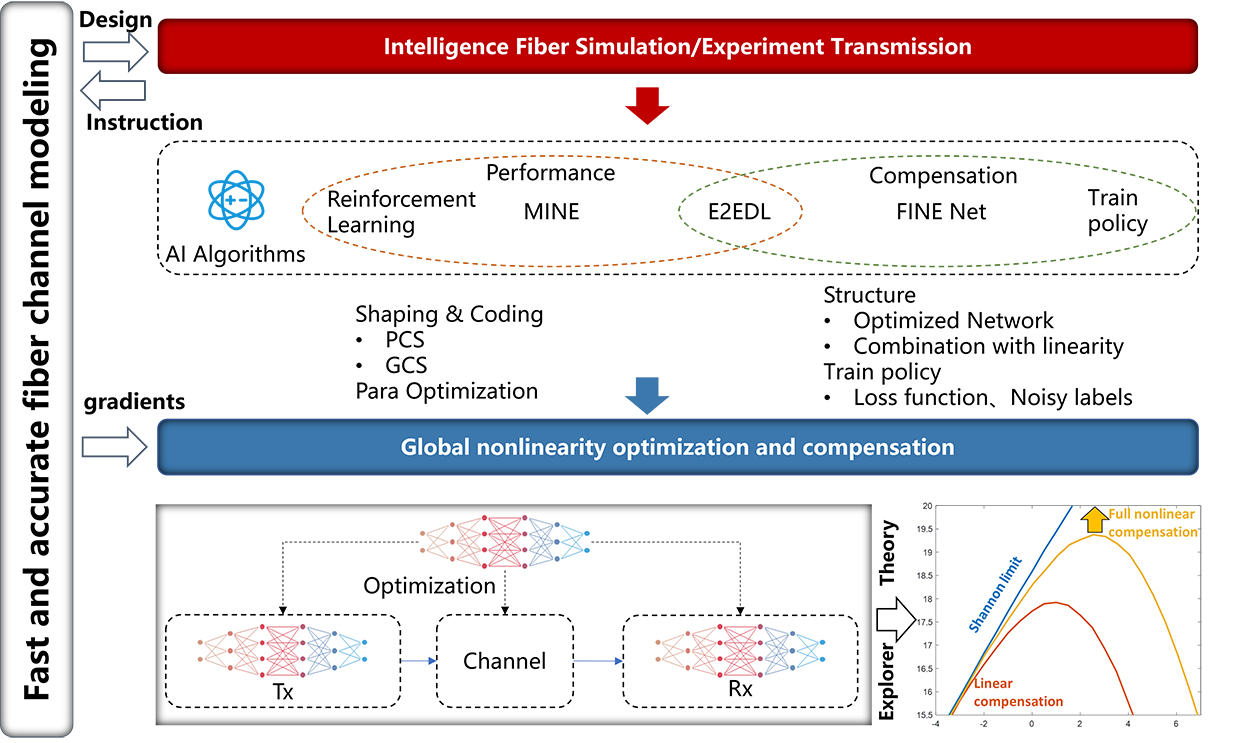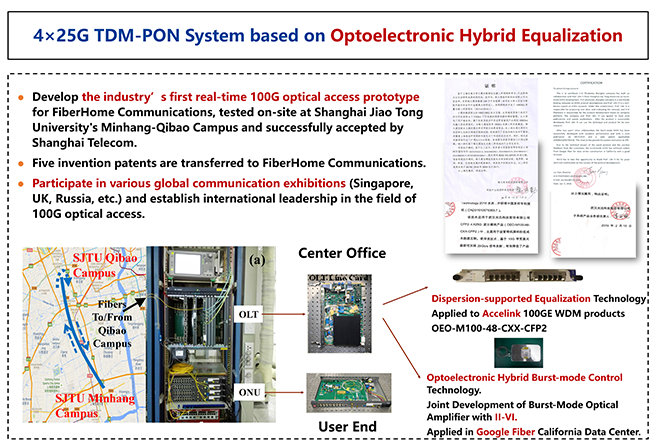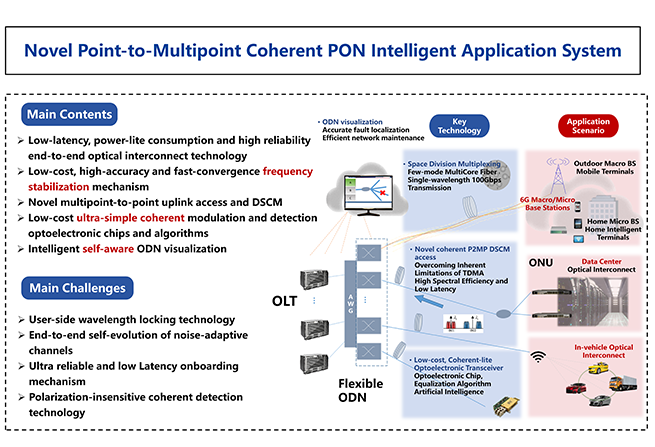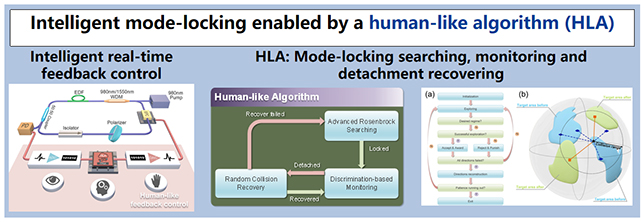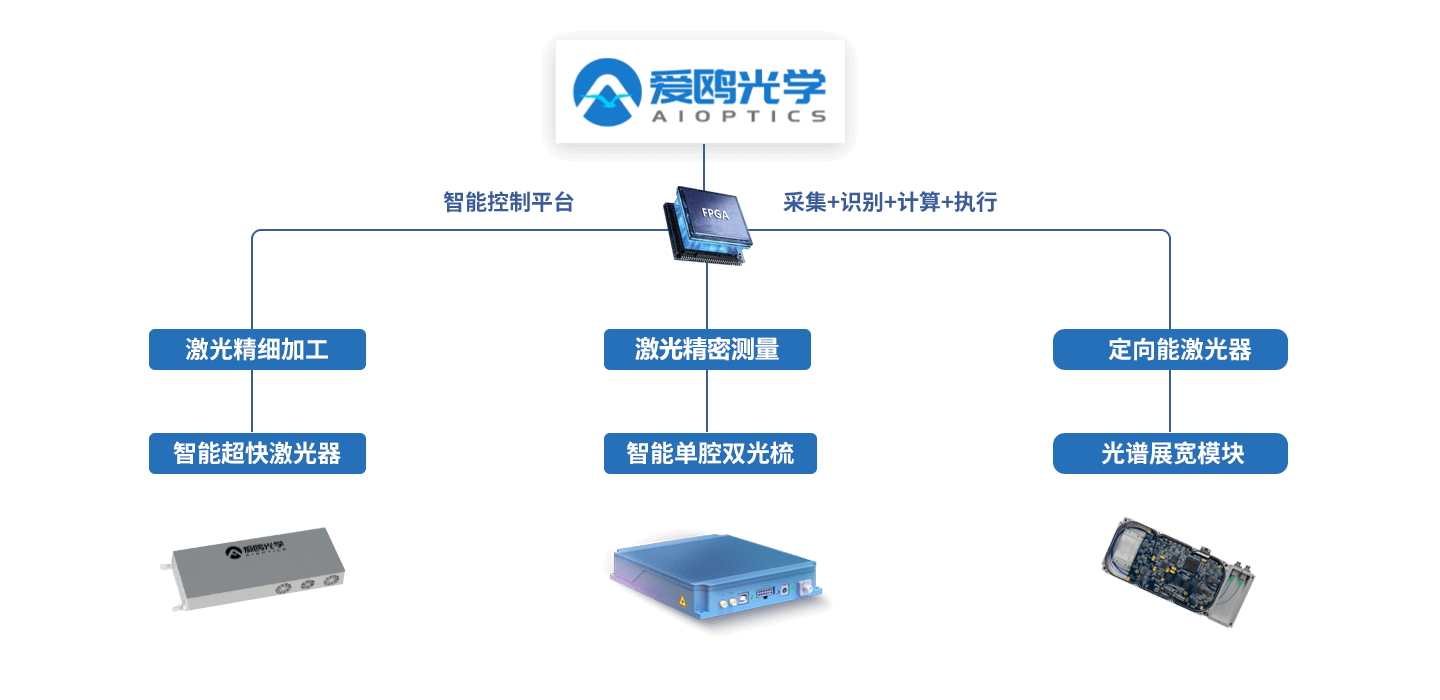Location:Home >Research direct...
In 2021, Huawei released the "Ten Mathematical Challenges for the Information Industry in the Post-Shannon Era". Among them, the challenge involving optical fiber communication is "Optical Communication Nonlinear Channel Compensation Problem", which is specifically broken down into fast and accurate modeling of optical fiber channels and Nonlinear Compensation Problem. Realizing low-complexity nonlinear accurate compensation through fast and accurate modeling of fiber channels, it is expected to approach the Shannon capacity limit of linear channels, break through the "capacity crisis" of fiber channels, and support the continuous growth demand of communication capacity. LIFE conducts continuous in-depth research on this key issue, introduces AI technology, and designs AI architecture and algorithms suitable for optical fiber communication systems, aiming to break through the key challenge of optical fiber nonlinear compensation.
Fiber lasers are divided into pulsed fiber lasers and continuous fiber lasers. LIFE mainly conducts research on the scenarios of femtosecond ultrafast fiber lasers and ultra-high power continuous fiber lasers. Femtosecond ultrafast fiber lasers mainly use fiber nonlinearity to achieve ultrashort and ultrastable pulses The ultra-high power continuous fiber laser mainly suppresses the nonlinearity of the fiber to achieve ultra-high power output. LIFE takes the lead in introducing intelligent control technology into the field of fiber laser, embedding intelligent algorithms into hardware platforms to realize real-time intelligent control, and achieving the above two main goals.
-
Presided over the National Key R & D Program, Key Technologies and Experimental Verification of Ultra-wideband and Ultra-high-speed Single-mode Optical Fiber Communication, with the project number of 2023YFB2905400, the starting and ending time of 2023.12-2016.11, and the amount of 36 million yuan.
-
Presided over the national major scientific research instrument development project, large-energy few-cycle femtosecond fiber laser based on intelligent regulation and control of time-frequency space domain, project No.62227821, starting and ending time: 2023.1-2027.12, amount: 7.746 million yuan.
-
Presided over the general fund of China Postdoctoral Fund, femtosecond pulse global single-frame intelligent measurement, project number 22Z020704850, starting and ending time 2022.7-2024.7, amount 80,000.(Pu Guoqing)
-
Presided over National Science Fund for Distinguished Young Scholars, "Optical Communication Intelligent Information Processing", Program No.: 62025503, starting and ending time: 2021.1-2025.12, amount: 4 million.
-
Presided over Huawei Technologies Co., Ltd., optical communication system modeling and equalization technology and new optical access system and algorithm research, project number YBN2019075059, starting and ending time 2020.12-2021.12, amount 2.0497 million yuan.
-
Presided over China Academy of Engineering Physics, deep learning method feasibility verification and module development, project number 20200380YZL, starting and ending time 2020.6-2021.6, amount of 245,000 yuan.
-
Presided over Huawei Technologies Co., Ltd., high-speed modulation channel compensation algorithm for optical wavelength injection, project No. YBN2020035172, starting and ending time 2020.5-2021.5, amount 590,000 yuan.
-
Presided over the key research and development project of the Ministry of Science and Technology, Research on Key Technologies of Artificial Intelligence in Network Layer and Physical Layer of High-speed Optical Access Network, project number 2019YFB1803803, starting and ending time 2020.1-2022.12, amount of 5.37 million yuan.
-
Participated in the key research and development project of the Ministry of Science and Technology, multi-dimensional parallel multiplexing optical transmission channel damage compensation and crosstalk suppression, project number 2018YFB1800904, starting and ending time 2019.7-2023.6, amount of 1.87 million yuan.
-
Presided over Huawei Technologies Co., Ltd., iTOF chaotic lidar signal processing technology, project No.: YBN2019045006, starting and ending time: 2019.8-2020.8, amount: 841,925 yuan.
-
Participated in the key research and development plan of Guangdong Province, the key technology of distributed 5G system of photonic-wireless integration, project number 2018B010114002, starting and ending time 2019.1-2022.1, amount 2.01 million.
-
Presided over the Youth Fund Project of National Natural Science Foundation of China in 2022, Research on High Nonlinear Threshold Fiber Laser Based on Fine Control of Spectrum
-
Presided over the Youth Fund Project of National Natural Science Foundation of China in 2022, Femtosecond Pulse Single Frame Global Measurement and Global Intelligent Control
-
Participated in the key research and development project of the Ministry of Science and Technology, "Multidimensional Parallel Multiplexing Optical Transmission Channel Impairment Compensation and Crosstalk Suppression"


